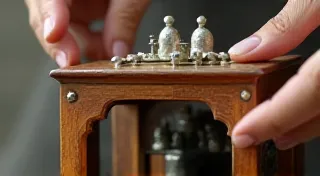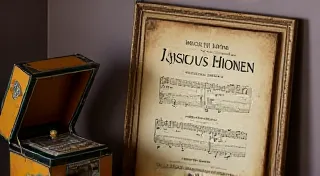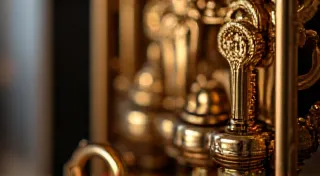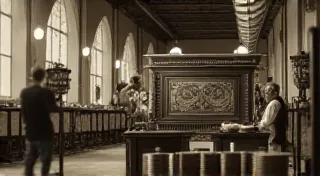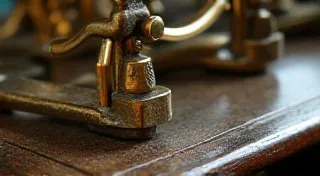Repairing a Broken Music Box Comb: Techniques and Considerations
The music box comb, a series of precisely tuned metal teeth, is the heart of the music box’s enchanting melody. When these combs break – a sadly common occurrence with antique music boxes – it can seem catastrophic. However, repair is often possible, allowing you to preserve and enjoy these beautiful pieces of history. This guide explores techniques for repairing a damaged music box comb, outlining considerations for successful restoration.
Understanding the Music Box Comb
Before attempting any repairs, understanding the comb's construction is vital. Music box combs are typically made from steel, sometimes nickel or other alloys, and are precisely shaped and tempered. The pitch of each tooth is critical to the correct musical output. Cracks, chips, or even minor bends can significantly alter the tone or prevent the music box from playing.
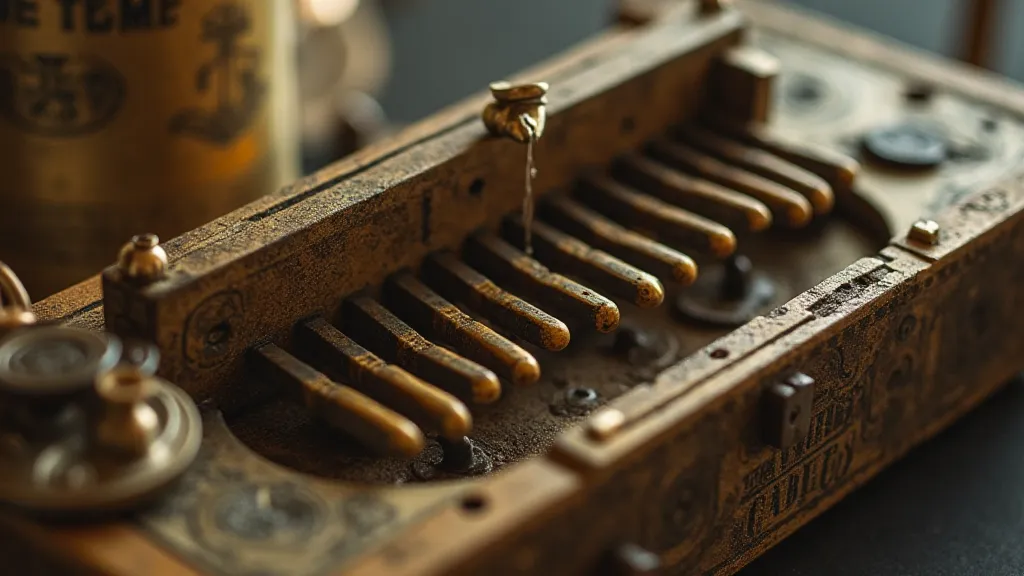
Assessment: Identifying the Damage
The first step is a thorough assessment of the damage. Is the comb cracked? Are teeth missing or broken? Are the breaks clean or jagged? The nature of the damage dictates the appropriate repair method.
- Minor Cracks: Sometimes, tiny cracks can be invisible to the naked eye but noticeable under magnification. These may not require immediate repair but should be monitored.
- Broken Teeth: This is the most common problem. A single broken tooth will usually result in a noticeable "missed note" in the melody.
- Completely Broken Comb: A fractured comb presents a more significant challenge, requiring either careful gluing or, if possible, replacement.
Glueing Techniques: When and How
Glueing is often the first attempt for repairing broken teeth or reuniting a fractured comb. However, selecting the right adhesive is crucial. Standard household glues simply won’t do. Consider the following:
- Cyanoacrylate (Super Glue): While quick-setting, standard super glue can become brittle over time and may not be the best long-term solution. Consider a specialized, flexible cyanoacrylate adhesive designed for metal.
- Epoxy Resin: Two-part epoxy offers greater strength and flexibility than cyanoacrylate. Ensure the epoxy is specifically formulated for bonding metals.
- Preparation is Key: Thoroughly clean the surfaces to be glued with a degreaser. Roughening the surfaces *slightly* can improve adhesion. Use a very small amount of adhesive, as excess glue can affect the comb’s tuning.
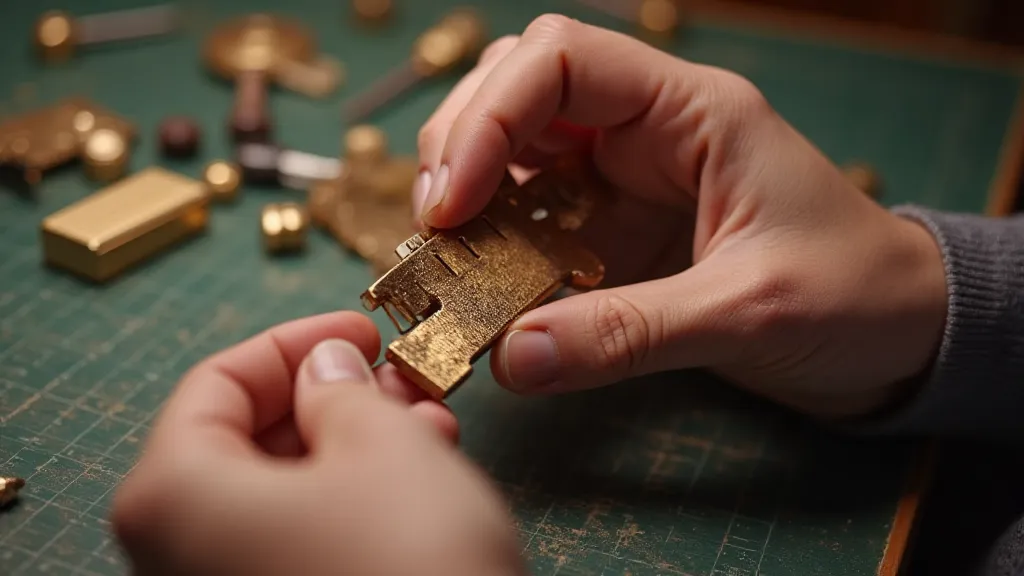
Reinforcement: Stabilizing Weakened Areas
Sometimes, the comb isn’t fully broken but has weakened areas that are prone to further damage. Reinforcement techniques can provide stability:
- Micro-Welding: A skilled craftsman can use micro-welding to join cracks and reinforce weak points. This is a more advanced technique and requires specialized equipment.
- Adhesive Reinforcement with Mesh: After gluing a crack, a very fine metal mesh can be applied over the glued area and secured with a thin layer of adhesive for added strength.
Comb Replacement: The Last Resort
When the damage is too extensive for repair, replacement becomes necessary. Finding a matching replacement comb can be difficult, but not impossible. Consider these options:
- Searching for Donor Music Boxes: Sometimes, a non-functioning music box with a good comb can be sacrificed to provide a replacement.
- Commissioning a New Comb: A skilled music box restorer can sometimes create a custom comb to match the original dimensions and tuning. This is the most expensive option but guarantees a perfect fit.
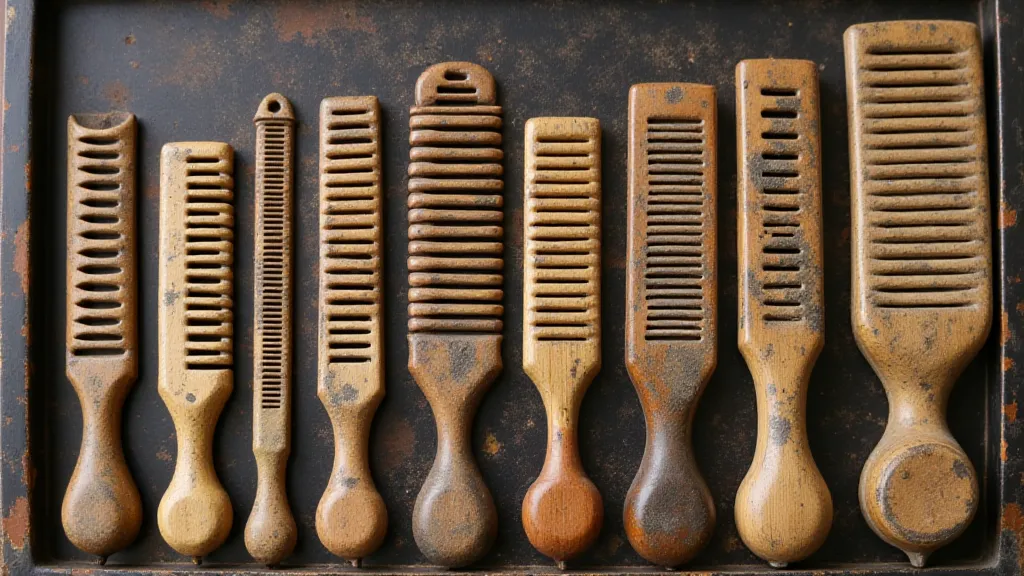
Important Considerations
Repairing a music box comb requires patience, precision, and a delicate touch. Here are some final considerations:
- Tuning: Any repair can affect the comb's tuning. Be prepared to adjust the teeth after repair to restore the correct pitch.
- Professional Help: If you are unsure about any repair technique, consult a professional music box restorer.
- Documentation: Keep detailed records of all repairs made, including materials used and adjustments made to the comb’s tuning.
With careful attention to detail and a little bit of skill, you can breathe new life into a broken music box comb and preserve a piece of musical history.
